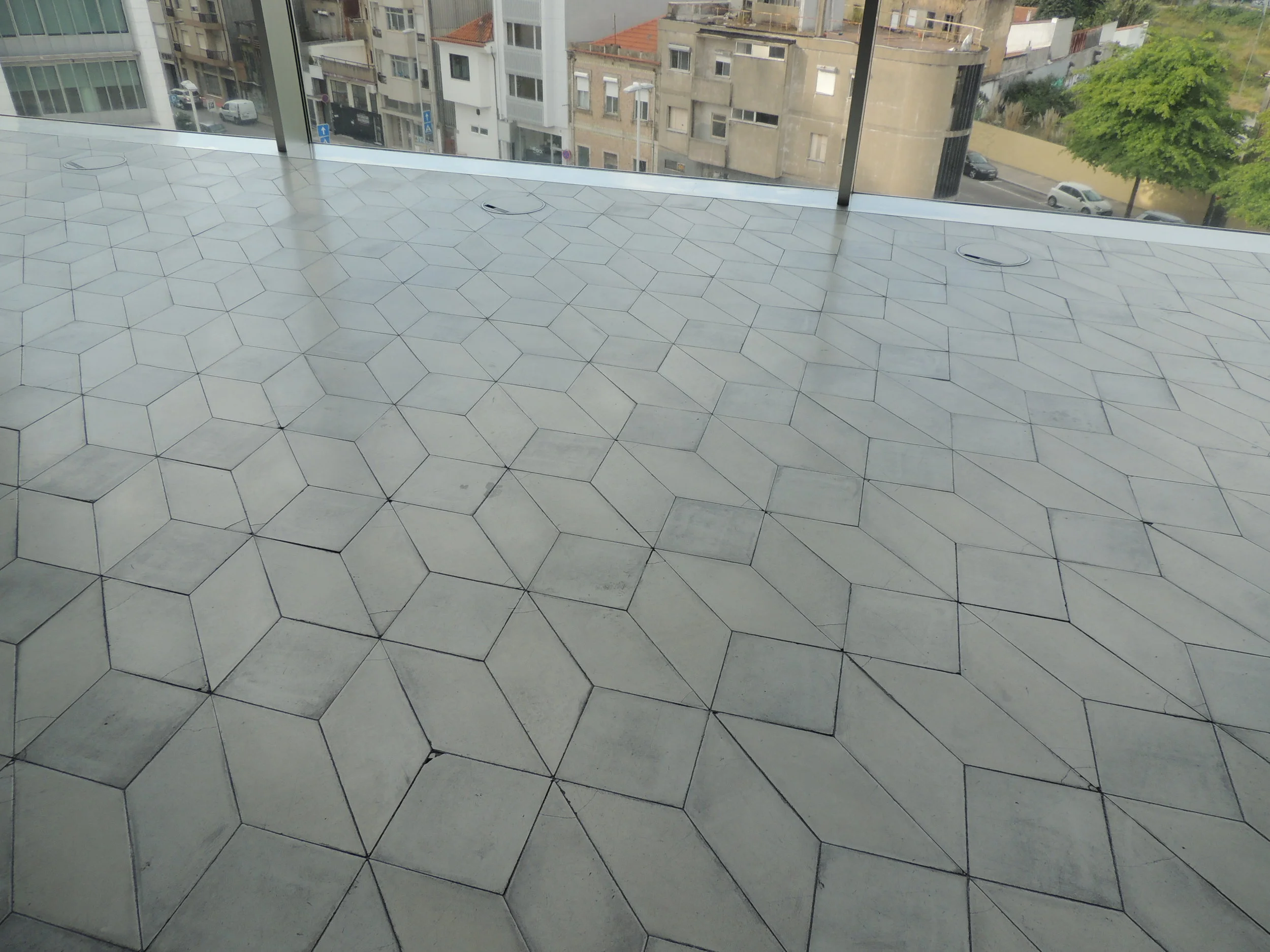MOTIVATING FACTORS: Plastic is The Smog of the Sea
/Growing anxieties about plastic pollution in our water supplies has us thinking carefully about building material lifecycle considerations. In the recent short documentary The Smog of the Sea, The 5 Gyres Institute's Marcus Ericksen and his team updates our thinking on plastic pollution and its effects on our oceans.
Previous research cultivated the collective image of an expansive seaborne flotilla of plastic refuse referred to as The Great Pacific Garbage Patch, once thought to occupy an area the size of Texas or larger. But recent findings by 5 Gyres and others including NOAA suggest that the problem is both harder to see and far more profound. See these 8 Maps describing plastic's impact on our oceans. Ericksen describes the pervasive microplastic presence in our oceans as a smog of trillions of tiny particles so minute that they often go undetected by the human eye. In the documentary, Ericksen leads a team of researchers and environmental advocates on a 2015 research expedition to the Bermuda Triangle to better understand the threat of plastic smog to marine life. Using a tedious data collection process, researchers trawled with fine waterborne sieves alongside their wind-powered research vessel. They collected and then separated out by hand microplastic pieces (less than 5mm in size) from the ubiquitous Sargassum seaweed with which it becomes entangled in this region.
Overwhelmingly, their findings showed that the Sargasso Sea is mired in tiny plastic particulate invisible to satellite imagery and also often undetectable to the human eye. So tiny that marine life often mistake them for fish eggs and zooplankton. these plastic pieces absorb persistent organic pollutants (called POPs) at a rate up to one million times greater than the surrounding seawater. Marine mammals at the top of the food chain bear the incredible burden of these degradation-resistant toxins. Ericksen’s Sargasso Sea expedition documented microplastics in the digestive systems of 35% of the small fish it collected for dissection. Scary stuff.
Also terrifying is the realization that, by Ericksen’s estimations, over 40% of the planet’s surface is now covered in microplastic particles (comprising roughly 269,000 metric tons of plastics or 5.25 trillion pieces). Given that most of these particles are destined to sink below the oceans’ surfaces to deeper currents that travel worldwide, this predicament is a global concern that tangibly affects the health of our collective water and food supplies. And because of the fine nature of the smog, we lack effective imagery to cultivate a sense of urgency about dealing with this predicament.
How do we bring attention to the magnitude of the problem and begin to take action to ameliorate the effects of plastic smog in our waters? Ericksen and his team members urge us to act both globally and locally:
WATCH The Smog of the Sea, currently available here for free streaming. Spread the word.
REFUSE single-use plastics, opting instead for reusable and versatile bags, utensils and vessels for food, water and other goods.
SUPPORT and PARTICIPATE in the creation of a circular plastics economy that holds manufacturers who utilize and produce plastics responsible for sound recycling and disposal practices at the end of their lifespans.
REDESIGN plastics so that they are less toxic, so that they can biodegrade easily, so that they can be reused or repurposed more effectively, and so that fewer toxins are created in the recycling process.
At HAABITT, we’re already acutely aware that plastics are everywhere in the built world. We encounter them daily in our research on insulation, roofing, waterproofing and vapor protection, piping and wire covering, flexible ductwork, wall and floor coverings, windows and doors, siding and decking, appliances, and in all of the packaging that protects these products while in transit to their end users. It's true that plastics in our building materials have distinct advantages: They often contribute to reduced heating and cooling loads through more efficient insulation strategies, and can also reduce the need for beefy structure (steel and wood) because plastics tend to be more lightweight than other alternatives. When we talk about “healthier” and more responsible building materials, we’re thinking about a tricky calculus involving these efficiencies and the cumulative toxic risks to the consumer, the individuals working on the assembly line, and everyone (and everything between). It can be overwhelming work, but these factors will play an increasingly significant role in our review and evaluation of products moving forward, especially now that The Smog of the Sea has made the risks so alarmingly evident.
